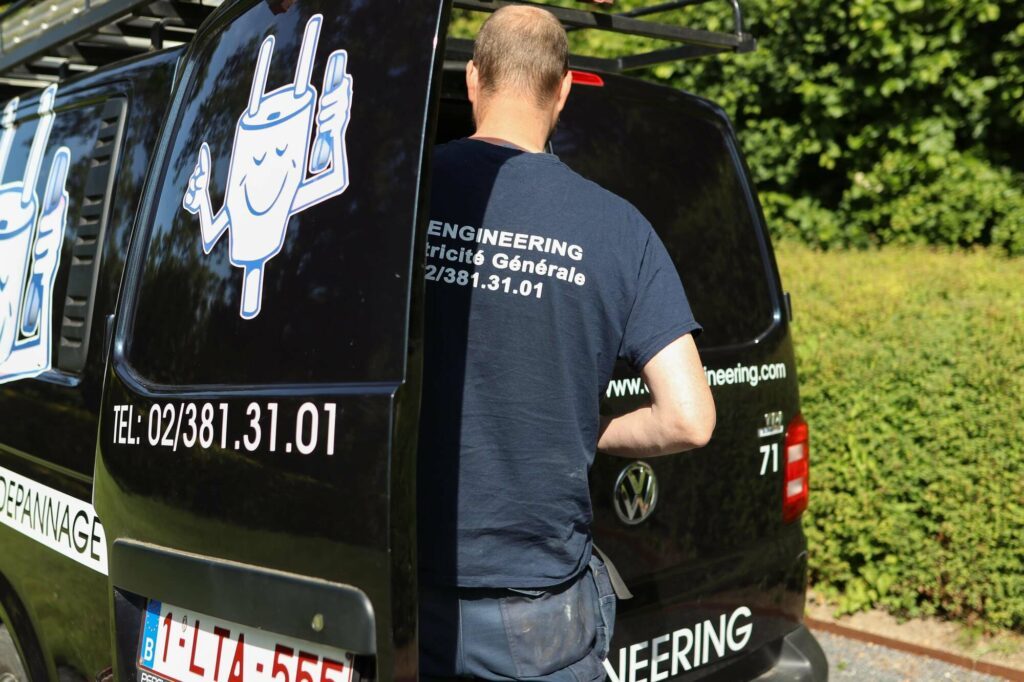When you install or have installed your home’s electrical system, you’ll need to add an electrical panel. On this panel, you’ll find circuit breakers. Their role is to protect your installations from any current overload that could endanger them. Overloads can occur on electrical appliances such as washing machines, hobs, ovens and sockets. So which circuit breaker for electric heating should be installed? CD Engineering, expert in electrical installations takes a look at the key points you need to know on the subject.
In order to connect your electric heater, you need to choose the right earth leakage switch to protect the electrical circuit. The two most common types are AC or A differentials.
If you’re wondering which circuit breaker to choose for electric heating, know that both are suitable. In fact, the only thing you need to pay attention to is the current intensity the circuit breaker can withstand. In most cases, this will be at least 30mA. We recommend that you share the electrical circuits linked to your heating with at least two differential switches. That way, if there’s a power cut, you’ll always have at least one heater to keep you warm.
If you have a problem regarding your electrical equipment, you may need an electrical renovation.

Depending on the size of your home or warehouse, you’ll be wondering which type of circuit breaker is the most appropriate. There are two different types of current: single-phase and three-phase. Here are a few pointers to help you understand how they work.
For a single-family home, single-phase power is the most common and widely used. Indeed, it can respond to standard needs. In other words, it consists of phase and neutral conductors and a protective earth conductor. This makes it possible to supply all the household appliances in a home. The associated voltage is 230 volts.
On the other hand, three-phase current is often reserved for installations requiring high power. It consists of four cables: a neutral cable and three phase cables in addition to the protective conductor. This solution provides a voltage of up to 400 volts, which is much more powerful.
For your electric heater, make sure you have an AC or A differential circuit breaker with a minimum rating of 30mA. Before installing it, remember to turn off the power. Next, open the electrical panel and clip it onto the rail next to another one. Then place a power comb (black side and blue side) on the rail. Then connect the 3 wires and label the circuit that the circuit-breaker is protecting. Finally, switch the power back on and carry out the test.
If you have no electrical knowledge and need to overhaul your home electrical installation or upgrade to electrical standards, call in a qualified electrician instead. Finally, if you’re in any doubt about which circuit breaker to use for electric heating, contact our professionals. Contact the CD Engineering team which can provide you assistance by calling the following number 02 381 31 01.
How useful was this post?
Click on a star to rate it!
Average rating 0 / 5. Vote count: 0
No votes so far! Be the first to rate this post.
Last posts:
Contact us
Bruxelles
Place du champs de Mars, 5
1050 Ixelles
Linkebeek
Chaussée d'Alsemberg, 95
1630 Linkebeek